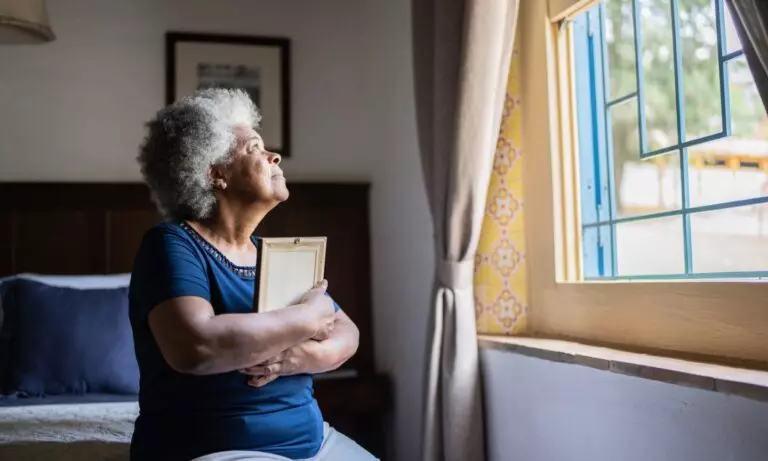A death certificate serves as a legal record that records the death of someone. A death certificate must be filed with the state vital records department after someone dies, just as a birth certificate.
How do I get a death certificate
1. Prepare the death certificate
Preparing a death certificate after someone has died is the first step. You won’t have to fill out paperwork as the official documents will already be prepared by the funeral director, a coroner, medical examiner or certified physician.
The funeral director may require personal information regarding the deceased. They often work with medical professionals to file the state’s death certificate. To expedite the process, the funeral director will need additional information, such as:
-
Full name and surname of the deceased.
-
Social security number.
-
Last known adress.
-
Marital status and veteran status.
-
Last known occupation.
-
Full names of the mother and father of the deceased.
2. The death certificate must be filed
After all the information is provided about the deceased, the medical professional who will handle the death certificate will give the time, cause and burial instructions. After that, the funeral director and/or medical professional will forward the death certificate to the state’s Vital Records Department for processing. This process will take 72 hours to complete. However, the timeline can vary from one state to another.
3. Ask for a copy the death certificate
As they often help file the death certificate with the state, funeral homes will often be able to provide a copy of the death cert. You can also request a copy directly from the state vital records office, although this may take longer.
How long does it usually take to obtain a death certificate?
It can take up to four weeks to obtain a death certificate, although the process may vary from one state to another depending on local processes. Due to the many parties involved, this process can take some extra time.
After the funeral director has received the personal information about the deceased, they will create an official document, send it to the coroner or medical examiner, or licensed physician, and have them sign it. The official document is sent to the appropriate state office for registration and processing. Once the death certificate has been registered by the local authorities, copies of the document can be made and sent out to the family.
Who can obtain a death certificate?
To obtain a certified copy, you must be either a family member, legal representative, or executor in order to receive a copy of the death certificates. Some states make death certificates public records, but they may distinguish between an authorized copy and an informational copy. California is an example of a state where informational copies can be made available to everyone, but cannot be used to prove identity or legal status. Some sections of informational copies might be redacted, such as the cause of death.
A certified copy can be requested in certain states. A certified copy can be requested by anyone who is over 18 in Florida.
Why death certificates are so helpful
Certified copies of death certificates are essential documents. They are needed for financial matters that may arise after the death of a loved one. Although the exact requirements can vary from one state to the next, here are some common situations in which you will need one.
-
Settlement of the estate.
-
Filling out a life insurance claim.
-
Obtaining access to deceased persons bank accounts and other financial accounts
-
Any property that is not your own (real property, vehicles, or personal property) can be transferred. ). -
Accessing Medicare, Social Security and pension benefits for a spouse who has died.
Knowing what to do and where you can find important documents during a difficult time is not only difficult, but it can also make the process of settling an estate easier.
What’s on a death certificate?
Two sections are required for official death certificates. The funeral director usually fills out the first section with the assistance of any surviving relatives. This section contains personal information about the deceased such as name, Social Security number and occupation.
A medical professional completes the second section, which is usually a licensed physician, coroner or medical examiner. This section includes information such as the date and cause of death, and burial instructions from family members. This section is usually included in official copies that are used for legal purposes. However, it is often removed in states where the death certificates is public record. It contains personal medical information.
